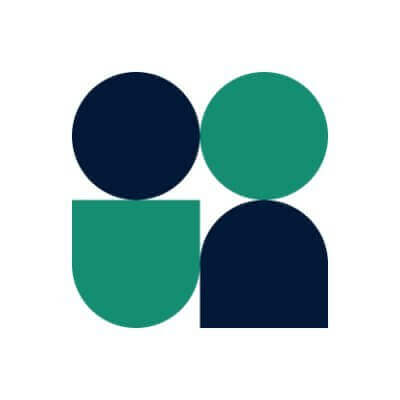This simple solution could help solve the public restroom crisis
Gerardo Valerio had been looking for a bathroom in Los Angeles’ Little Tokyo neighborhood for 20 minutes when he stumbled across a blue and white trailer with “FREE BATHROOM” at the top. At first, he was hesitant to enter the bathroom, which had been installed by the Washington, D.C.-based portable toilet startup Throne. To get in, he had to scan a QR code which pre-loaded a text onto his phone. After sending the text, the door would automatically slide open. “What do I text, ‘I need to pee’?” he jokes. All in all, he says, it was a positive experience: “It was pretty to look at but it definitely has a smell to it. It needs to be maintained a bit more. But overall, nice.” In Little Tokyo, there are almost no public restrooms—in most of the restaurants and shops, you have to buy something first. “There should be more,” Valerio says. After years of complaints from riders, LA Metro is rolling out more free public Throne bathrooms this year at transit stations across L.A. County. The portable, touchless trailers are self-contained, requiring no water or electric hookup. This allows the company to rapidly deploy restrooms wherever needed—like a busy train station. The new location at Little Tokyo station has been particularly popular, with 120 to 150 uses per day during the weekend. Thrones have also been deployed in the D.C. area, Ann Arbor, Michigan; Beverly Hills; and in the Bay area at two Caltrain stations. View this post on Instagram A post shared by Throne Bathrooms (@thronebathrooms) Built on accountability Throne says its “smart” bathrooms use accountability to solve the age-old problem of unwanted bathroom activity. Accessing a Throne requires a unique user ID, usually a cell phone number. For those without access to a phone, Throne also distributes key cards through local service providers. “[It’s] just behavioral science,” explains Throne cofounder and COO Jessica Heinzelman. “If somebody knows that they’ve used their phone to get into a bathroom, they’re treating it a little bit nicer, kind of the same mentality of if you have somebody in line behind you in a regular bathroom.” Every user is asked to rate the cleanliness of the Throne and can report any issues via text. Throne uses this feedback to optimize the cleaning schedule— which relies on gig labor—and rapidly respond to any issues. As of March 1, there have been 425,900 uses nationally, with 168,600 in L.A., and a rating of 4.07 out of five stars. The biggest issue facing public bathrooms in Metro stations has been preventing inappropriate behavior, says Stephen Tu, deputy executive officer of station experience at Metro. Throne bathrooms are cheaper to clean and maintain because problem users can be banned from the system. So far, only 375 people out of 37,144 unique users across the national Throne network have been access-restricted, according to Heinzelman. Last year, after a six-month pilot at four locations, Metro approved a $22 million four-year contract with Throne to provide up to 64 bathrooms. Currently, there are 14 Thrones in the Metro system, with four more set to roll out in April. View this post on Instagram A post shared by Throne Bathrooms (@thronebathrooms) Tapping the gig workforce Some Throne features might be high-tech, but the bathrooms are still cleaned the old-fashioned way: by people, specifically gig workers who sign up to clean specific locations at specific times through an app. “It allows us to respond really quickly, while also providing people flexible income opportunities,” says Heinzelman. “If we had a W-2 workforce, we would probably be able to accomplish a quarter of the cleans in twice the time.” Correna T., a public transportation advocate with the L.A. chapter of the Democratic Socialists of America, believes that the bathrooms should be staffed by unionized Metro employees, not gig workers. “We would much rather see those jobs go to union employees who have protections and benefits and are staffed publicly,” she says. In July of last year, DSA-LA successfully mobilized to push LA Metro to conduct a feasibility study on bringing cleaning staff in-house. Over seven months later, the report is still not out. Next City reached out to Metro for a status update on the report but did not receive a response. Throne declined to provide details about how much a member of the cleaning network is paid per clean, but according to Throne’s website, each clean is priced “dynamically.” “There are all sorts of variables to how we are setting clean tasks including when we have two Thrones co-located next to each other (no transit time or transit cost) [plus] the ability to get bonuses for rapid response,” says Heinzelman in an email. Workers can receive an extra $15 for “extra tough jobs” after submitting before-and-after photos that are then confirmed by the company. Throne’s top earners are making up to $1,800 per

Gerardo Valerio had been looking for a bathroom in Los Angeles’ Little Tokyo neighborhood for 20 minutes when he stumbled across a blue and white trailer with “FREE BATHROOM” at the top. At first, he was hesitant to enter the bathroom, which had been installed by the Washington, D.C.-based portable toilet startup Throne. To get in, he had to scan a QR code which pre-loaded a text onto his phone. After sending the text, the door would automatically slide open.
“What do I text, ‘I need to pee’?” he jokes.
All in all, he says, it was a positive experience: “It was pretty to look at but it definitely has a smell to it. It needs to be maintained a bit more. But overall, nice.”
In Little Tokyo, there are almost no public restrooms—in most of the restaurants and shops, you have to buy something first. “There should be more,” Valerio says.
After years of complaints from riders, LA Metro is rolling out more free public Throne bathrooms this year at transit stations across L.A. County. The portable, touchless trailers are self-contained, requiring no water or electric hookup. This allows the company to rapidly deploy restrooms wherever needed—like a busy train station. The new location at Little Tokyo station has been particularly popular, with 120 to 150 uses per day during the weekend. Thrones have also been deployed in the D.C. area, Ann Arbor, Michigan; Beverly Hills; and in the Bay area at two Caltrain stations.
Built on accountability
Throne says its “smart” bathrooms use accountability to solve the age-old problem of unwanted bathroom activity. Accessing a Throne requires a unique user ID, usually a cell phone number. For those without access to a phone, Throne also distributes key cards through local service providers.
“[It’s] just behavioral science,” explains Throne cofounder and COO Jessica Heinzelman. “If somebody knows that they’ve used their phone to get into a bathroom, they’re treating it a little bit nicer, kind of the same mentality of if you have somebody in line behind you in a regular bathroom.”
Every user is asked to rate the cleanliness of the Throne and can report any issues via text. Throne uses this feedback to optimize the cleaning schedule— which relies on gig labor—and rapidly respond to any issues. As of March 1, there have been 425,900 uses nationally, with 168,600 in L.A., and a rating of 4.07 out of five stars.
The biggest issue facing public bathrooms in Metro stations has been preventing inappropriate behavior, says Stephen Tu, deputy executive officer of station experience at Metro.
Throne bathrooms are cheaper to clean and maintain because problem users can be banned from the system. So far, only 375 people out of 37,144 unique users across the national Throne network have been access-restricted, according to Heinzelman.
Last year, after a six-month pilot at four locations, Metro approved a $22 million four-year contract with Throne to provide up to 64 bathrooms. Currently, there are 14 Thrones in the Metro system, with four more set to roll out in April.
Tapping the gig workforce
Some Throne features might be high-tech, but the bathrooms are still cleaned the old-fashioned way: by people, specifically gig workers who sign up to clean specific locations at specific times through an app.
“It allows us to respond really quickly, while also providing people flexible income opportunities,” says Heinzelman. “If we had a W-2 workforce, we would probably be able to accomplish a quarter of the cleans in twice the time.”
Correna T., a public transportation advocate with the L.A. chapter of the Democratic Socialists of America, believes that the bathrooms should be staffed by unionized Metro employees, not gig workers.
“We would much rather see those jobs go to union employees who have protections and benefits and are staffed publicly,” she says.
In July of last year, DSA-LA successfully mobilized to push LA Metro to conduct a feasibility study on bringing cleaning staff in-house. Over seven months later, the report is still not out. Next City reached out to Metro for a status update on the report but did not receive a response.
Throne declined to provide details about how much a member of the cleaning network is paid per clean, but according to Throne’s website, each clean is priced “dynamically.”
“There are all sorts of variables to how we are setting clean tasks including when we have two Thrones co-located next to each other (no transit time or transit cost) [plus] the ability to get bonuses for rapid response,” says Heinzelman in an email.
Workers can receive an extra $15 for “extra tough jobs” after submitting before-and-after photos that are then confirmed by the company. Throne’s top earners are making up to $1,800 per week, says Heinzelman.
“Having bathrooms is an enormous social service support and health and safety strategy that we wholeheartedly support,” says Alfonso Directo, Jr., advocacy director for the Alliance for Community Transit, a coalition of transportation and housing organizations. But ACT-LA would rather see Metro provide stable employment for local residents.
“Metro, as a public agency with public dollars, could be using those dollars to develop the infrastructure themselves,” he says.
A temporary fix?
Correna T. was initially excited about the Throne bathroom program, but thinks it doesn’t go far enough in providing a permanent solution.
The bathrooms are portable, not permanent, she points out. Metro doesn’t own them—Throne does. The contract only extends to 2028—the year that L.A. is hosting the summer Olympic games. To DSA-LA, this shows that the Throne partnership is primarily meant to serve tourists during the Olympics.
“If they don’t expand this program past the Olympics, Throne could literally just come in and take them away, and they would no longer be an amenity for the city,” she adds.
Tu doesn’t see the restrooms as “necessarily temporary” and says the agency has the option to renew the contract at the end of four years.
“The beauty of its portability allows us to scale very quickly, because to be able to do this with a more traditional approach would take many years to be able to get this at up to 64 locations,” he says.
LA Metro riders have been requesting bathrooms for decades with little success. The system has only three stations with permanent bathrooms in a system with 107 rail stations and about 12,000 bus stops (the city of Los Angeles has four bathrooms at Metro stations that it maintains separately).
Tu says that the challenge with building and maintaining public bathrooms has been not just the capital costs of adding new bathrooms, but also the amount of money needed to staff them and keep them clean.
During the pilot, Metro saw a 50% reduction in public urination and defecation incidents at locations where Thrones were deployed.
When Next City asked if Metro could use the money saved on maintenance to build permanent bathrooms, Tu repeated that the partnership with Throne allows the agency to roll out multiple bathrooms in a short period of time.
He stresses the high rating that Throne has received from users as evidence of the program’s success, though he states that Metro is not opposed to exploring other options in the future.
“The only solution we see in the market right now is the Throne solution,” he says.
This story was originally published by Next City, a nonprofit news outlet covering solutions for equitable cities. Sign up for Next City’s newsletter for their latest articles and events.


























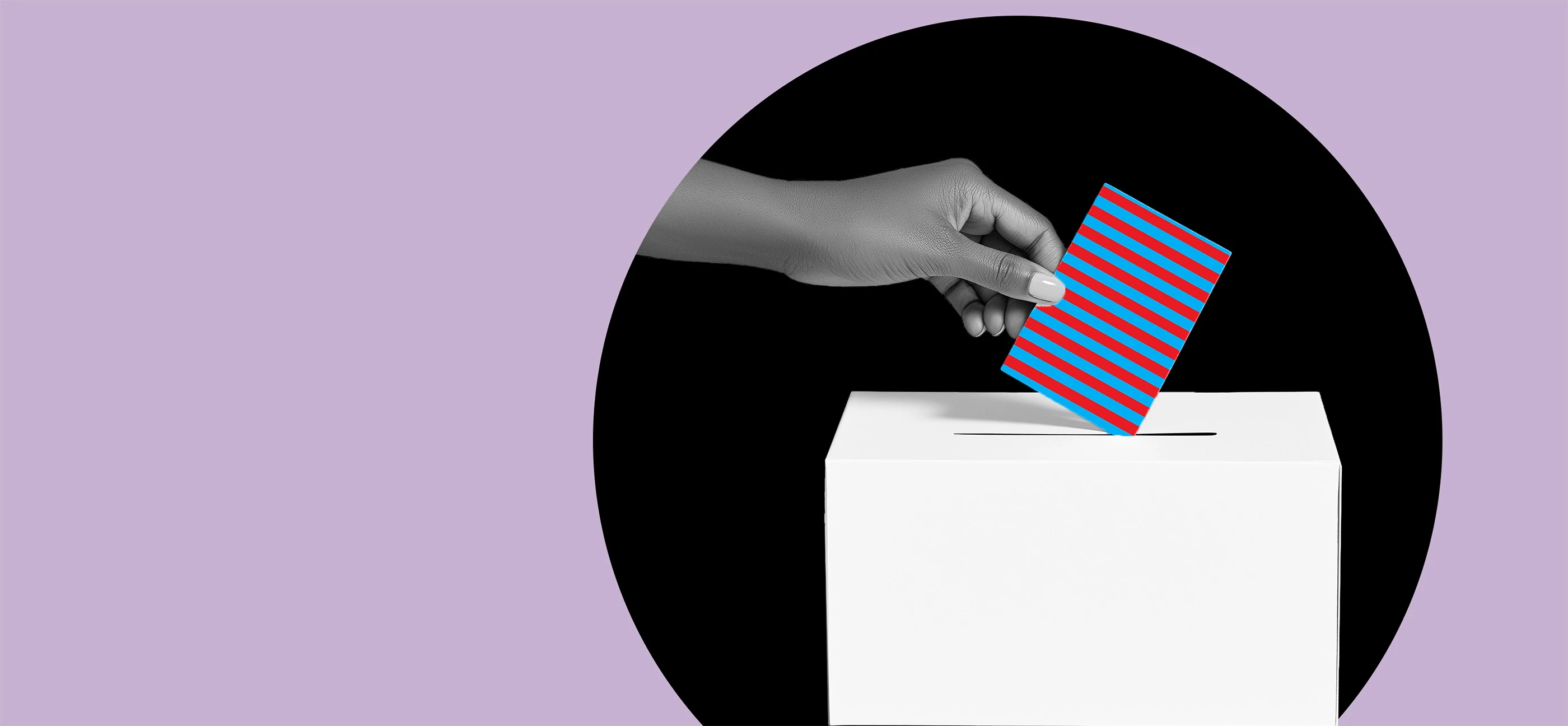
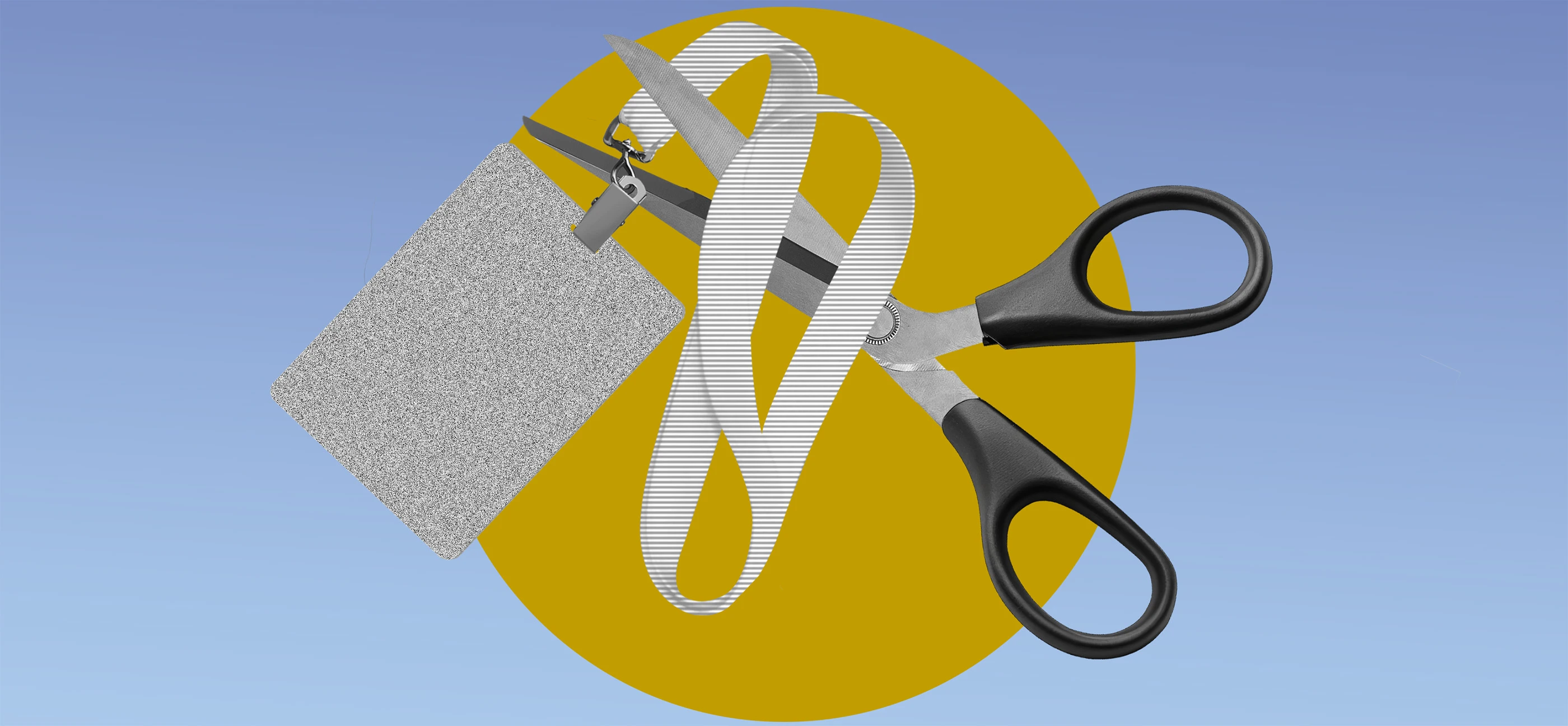









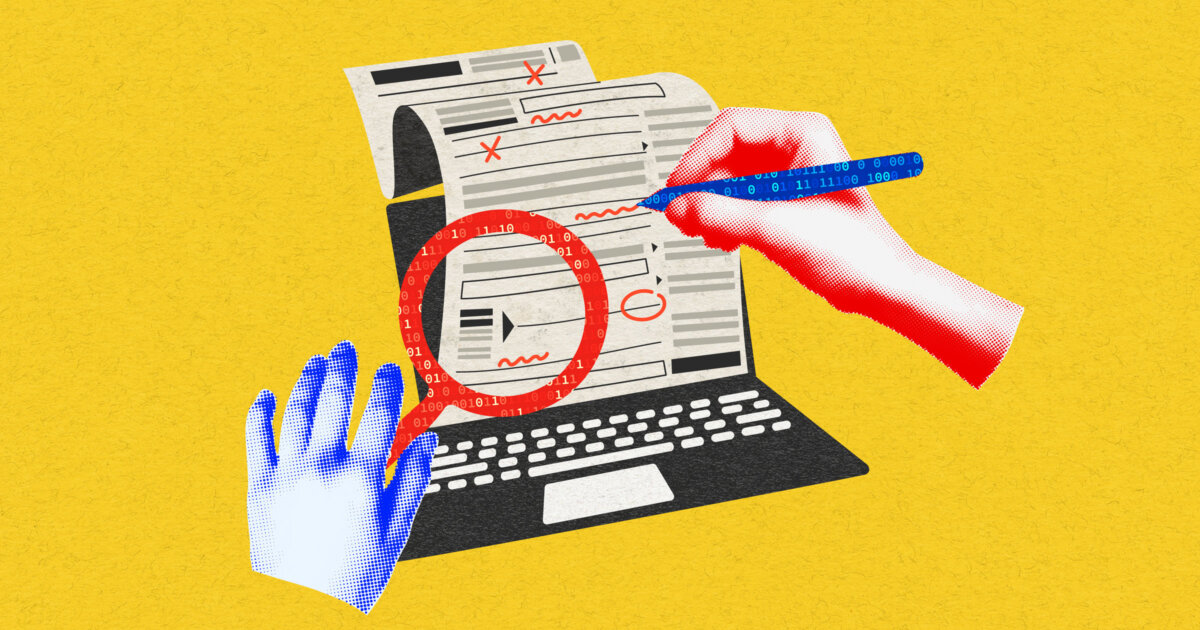





















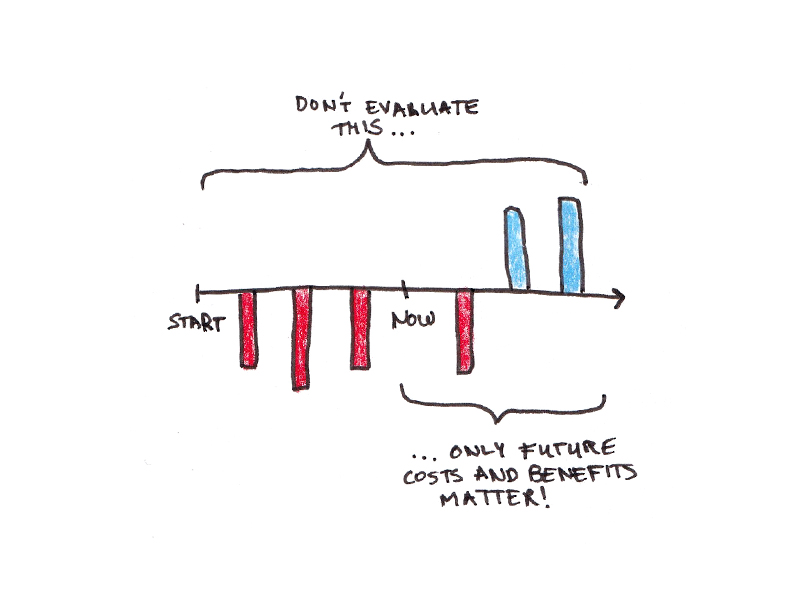

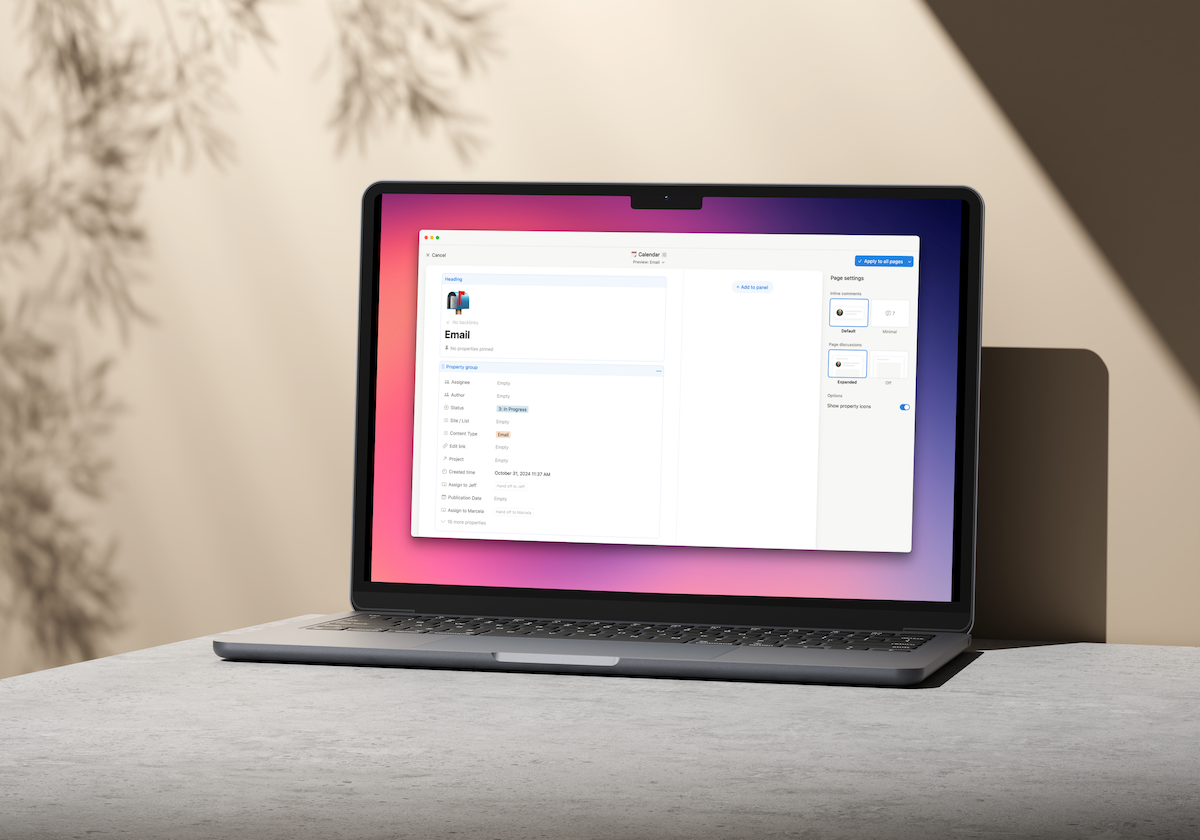








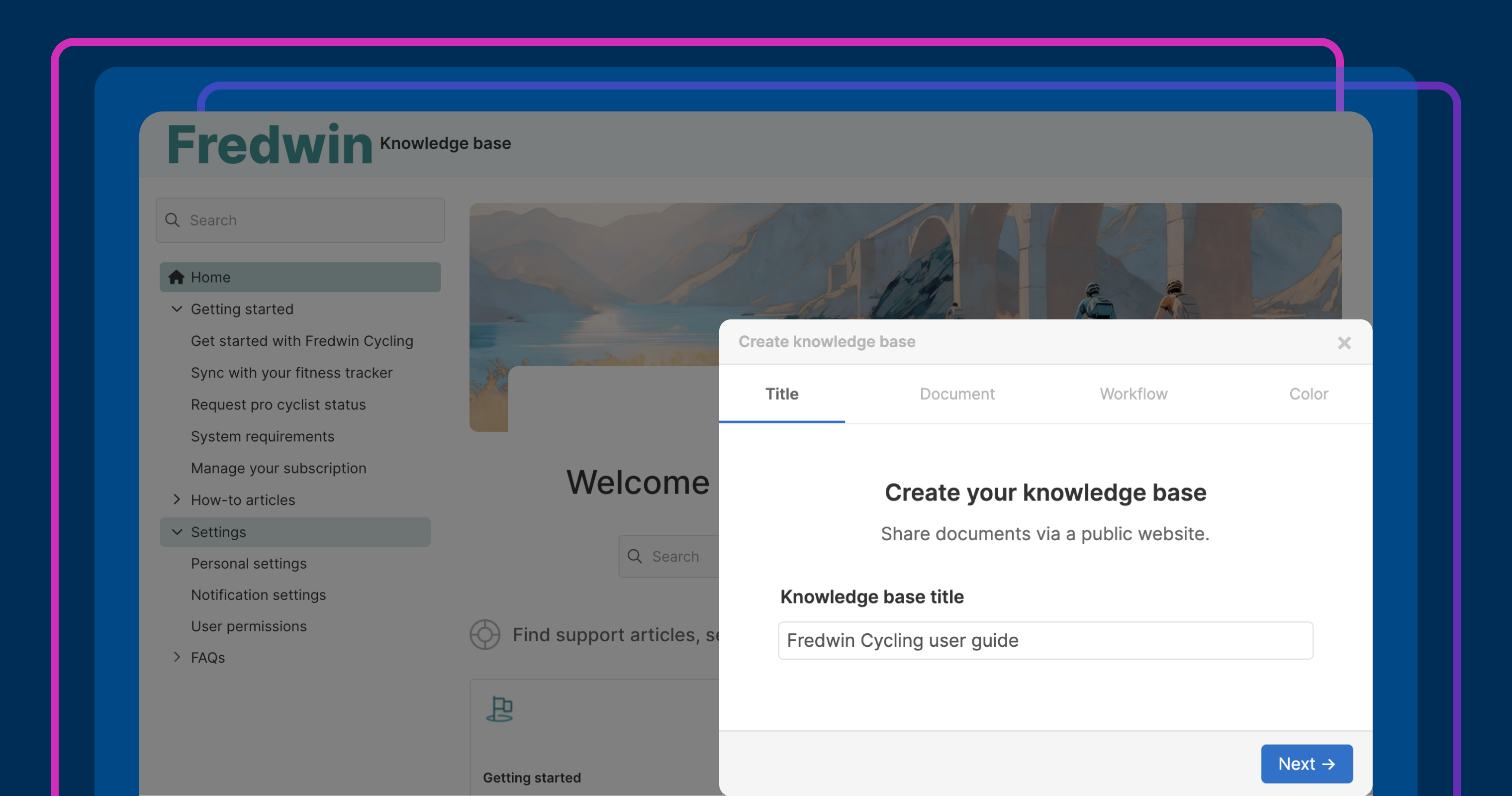

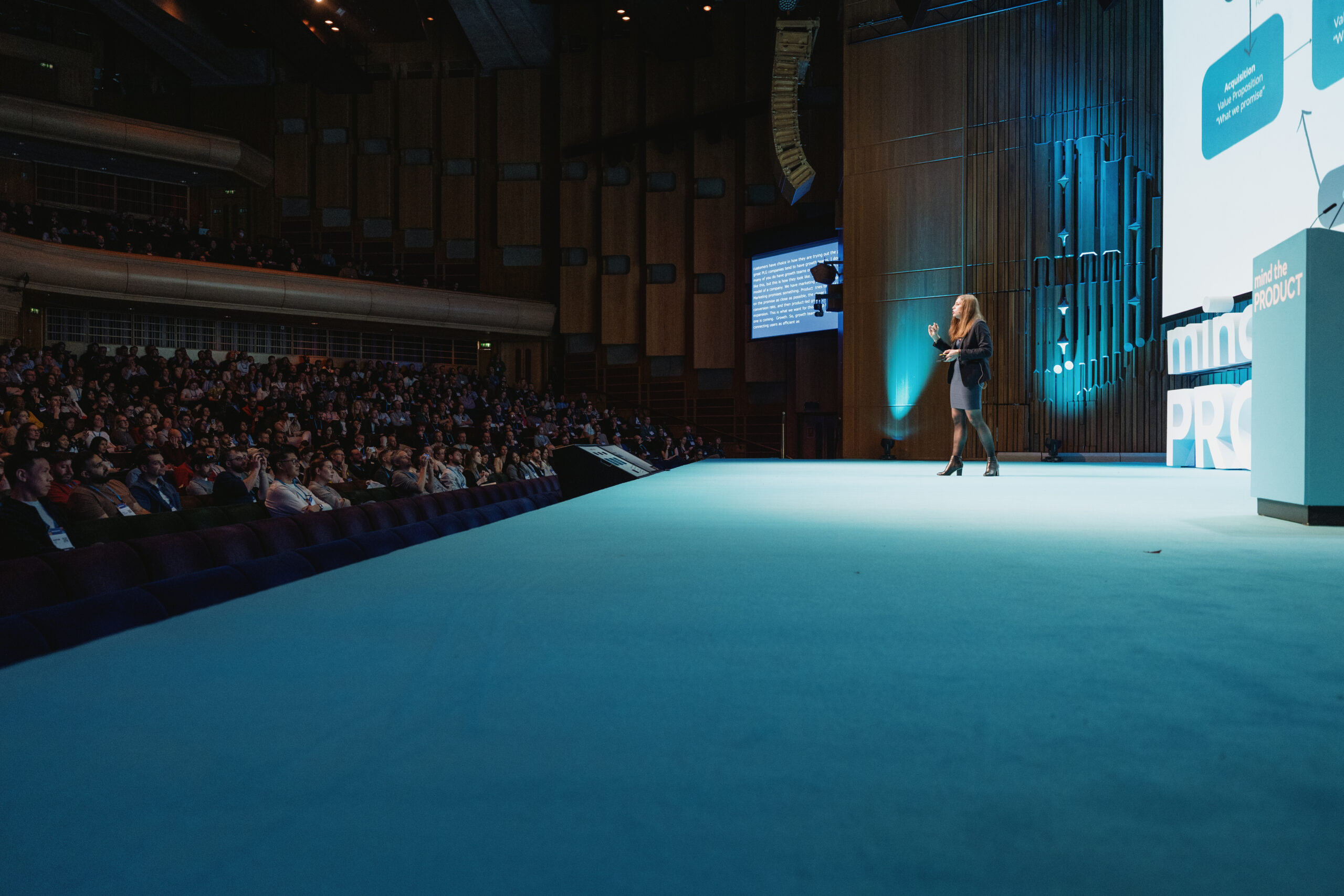
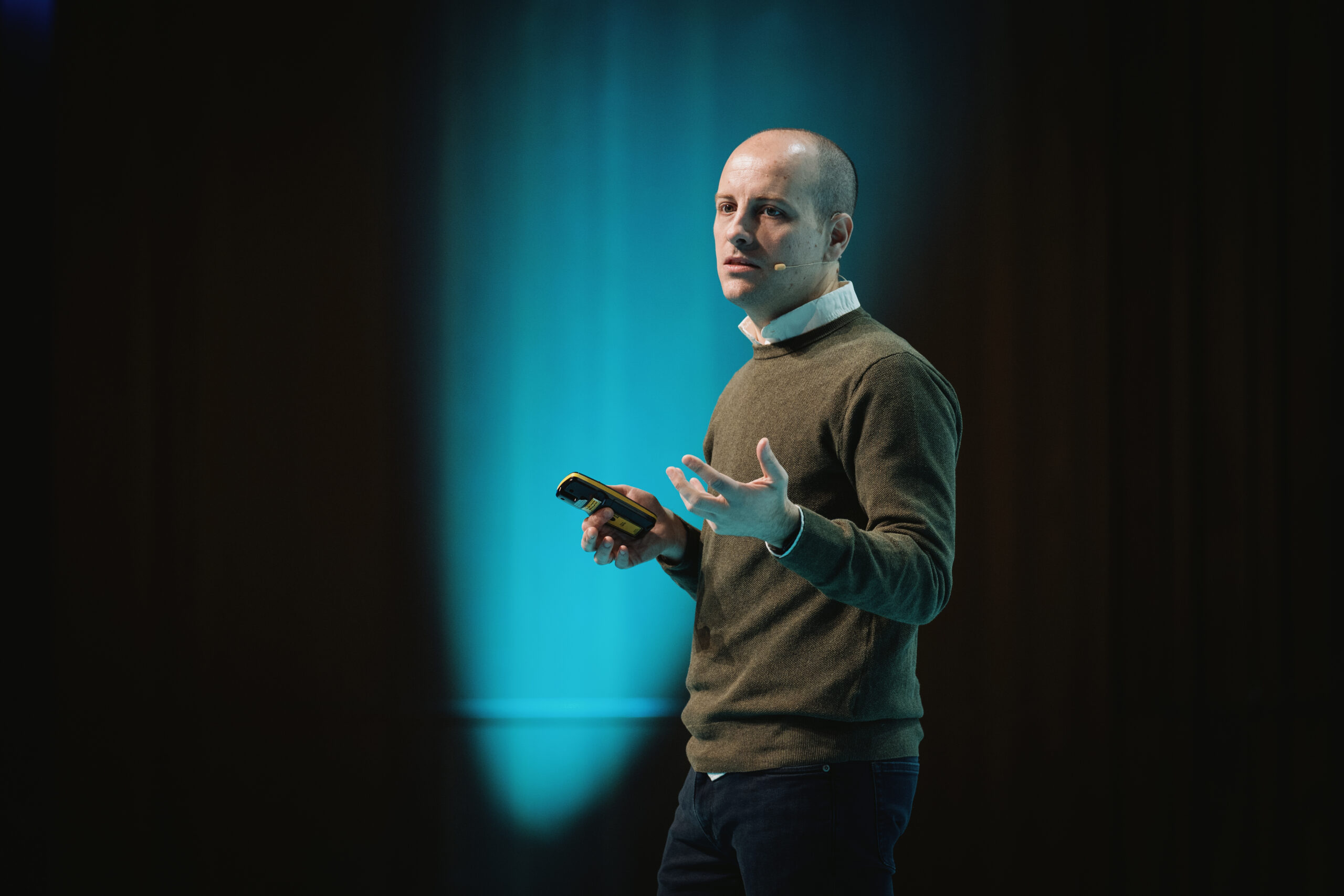
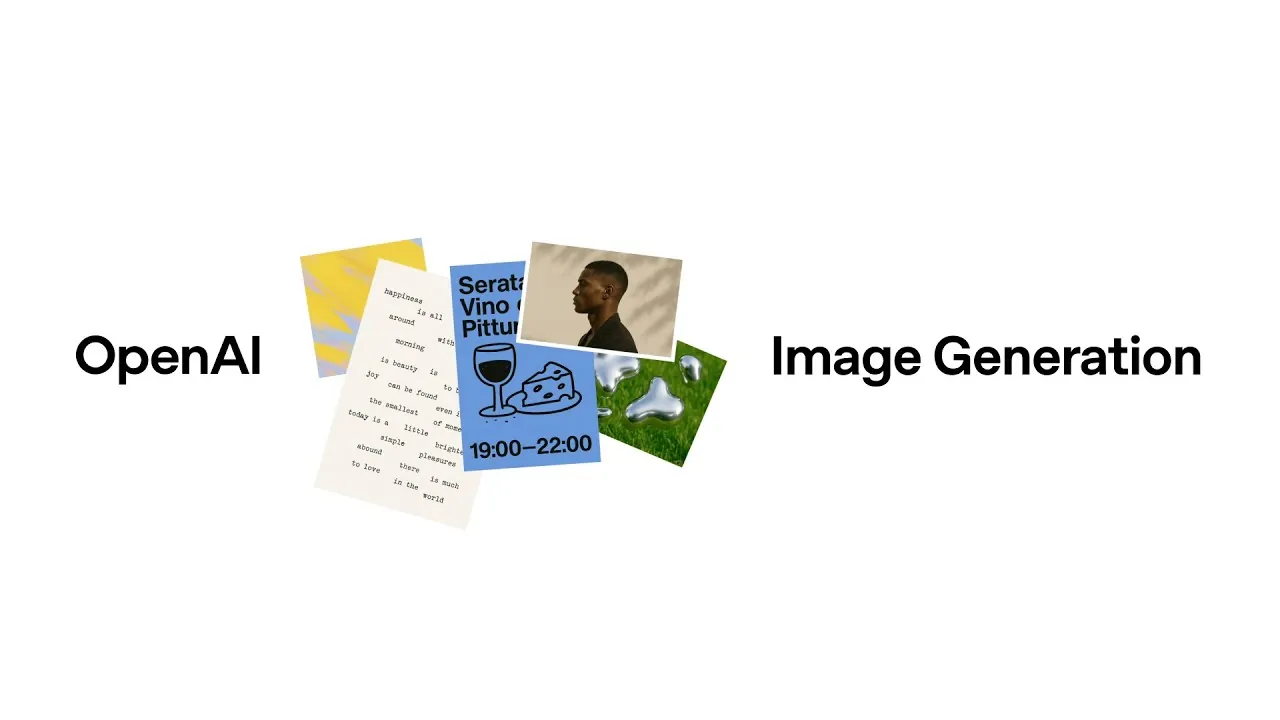
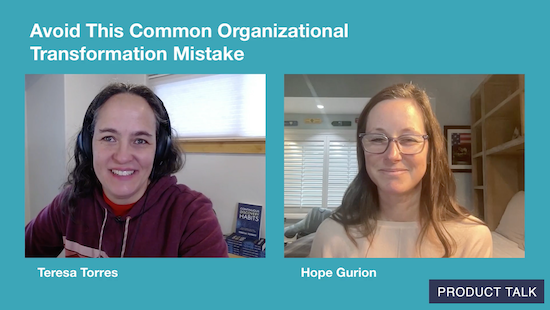
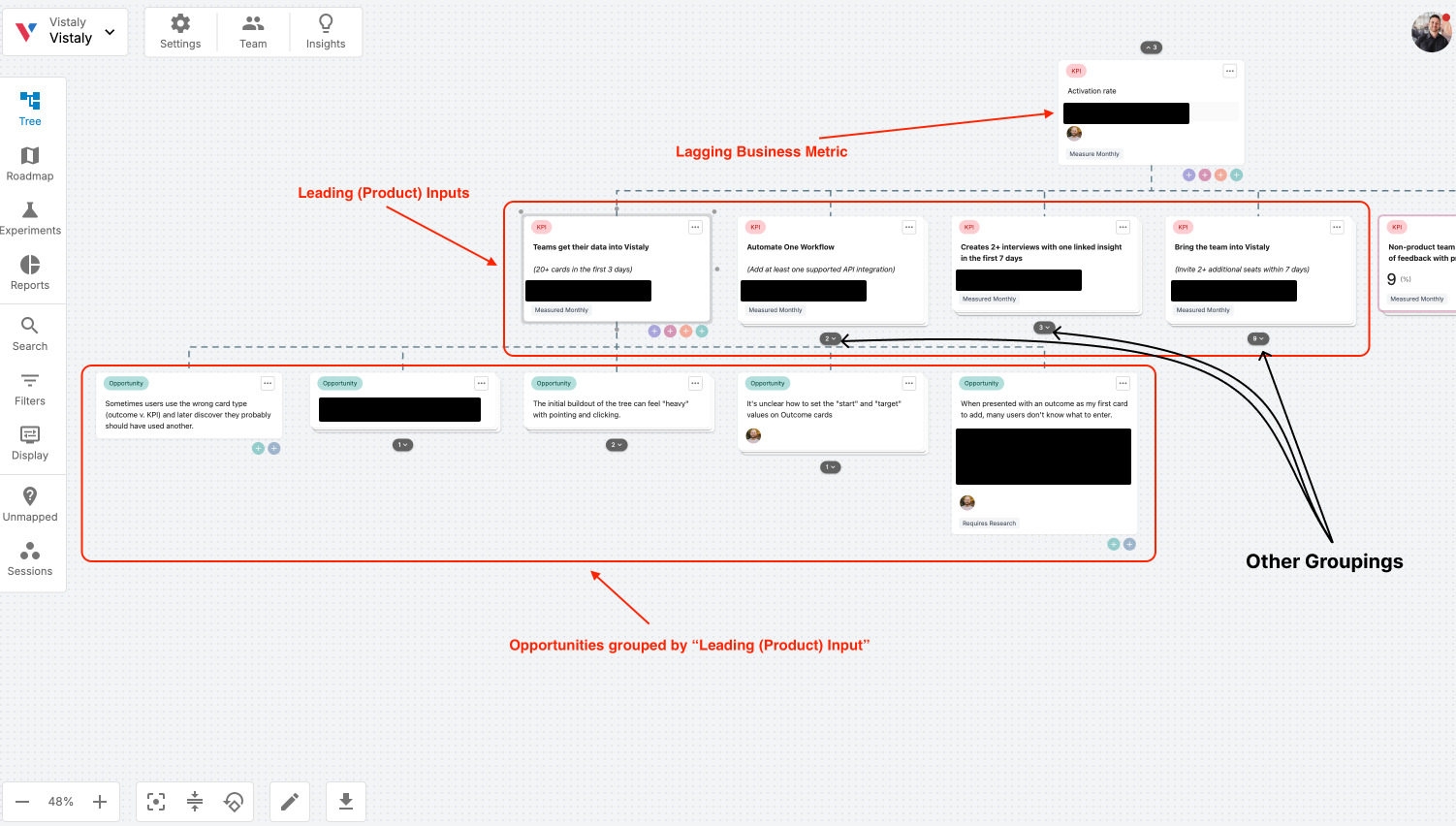
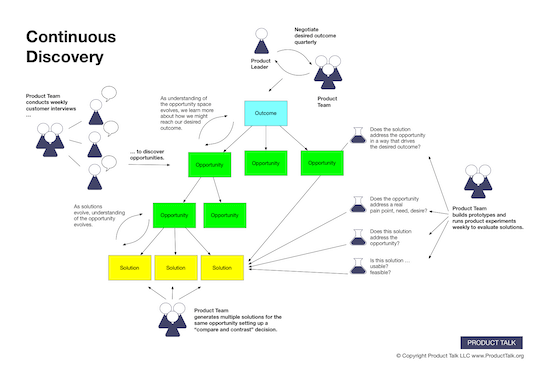
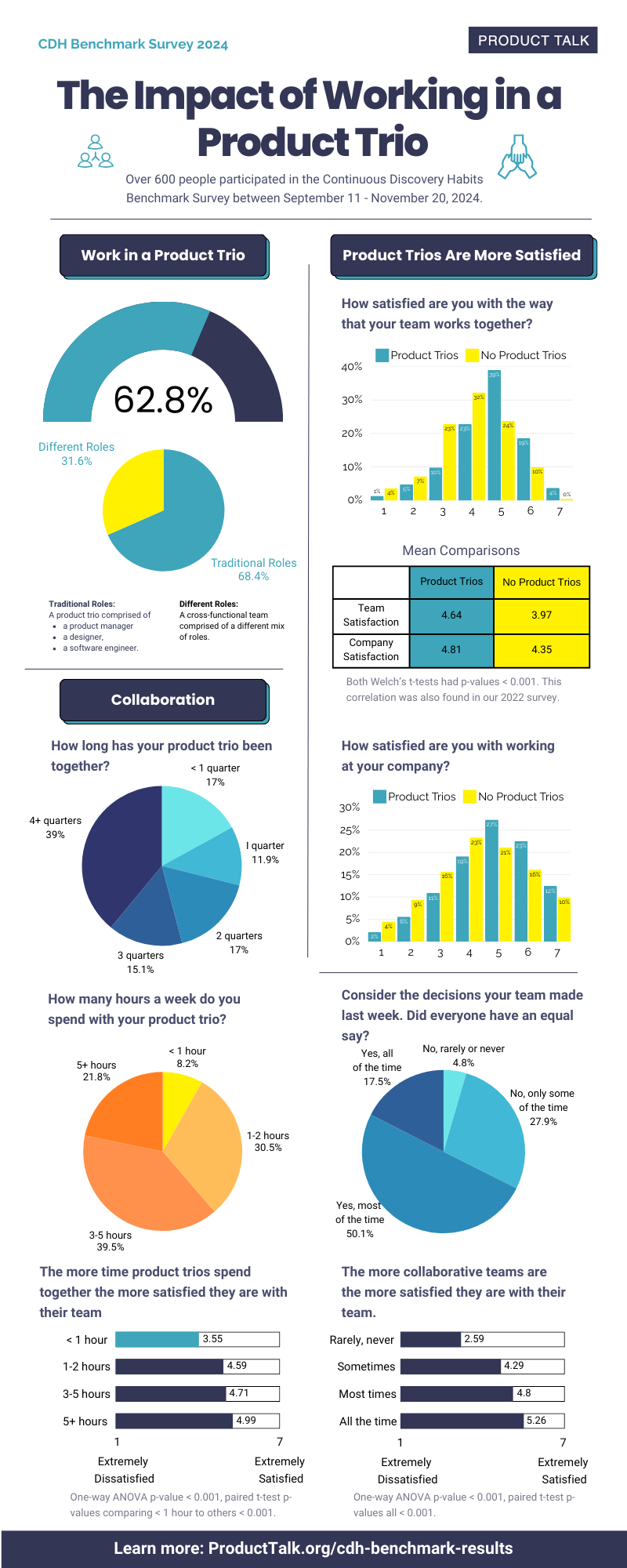



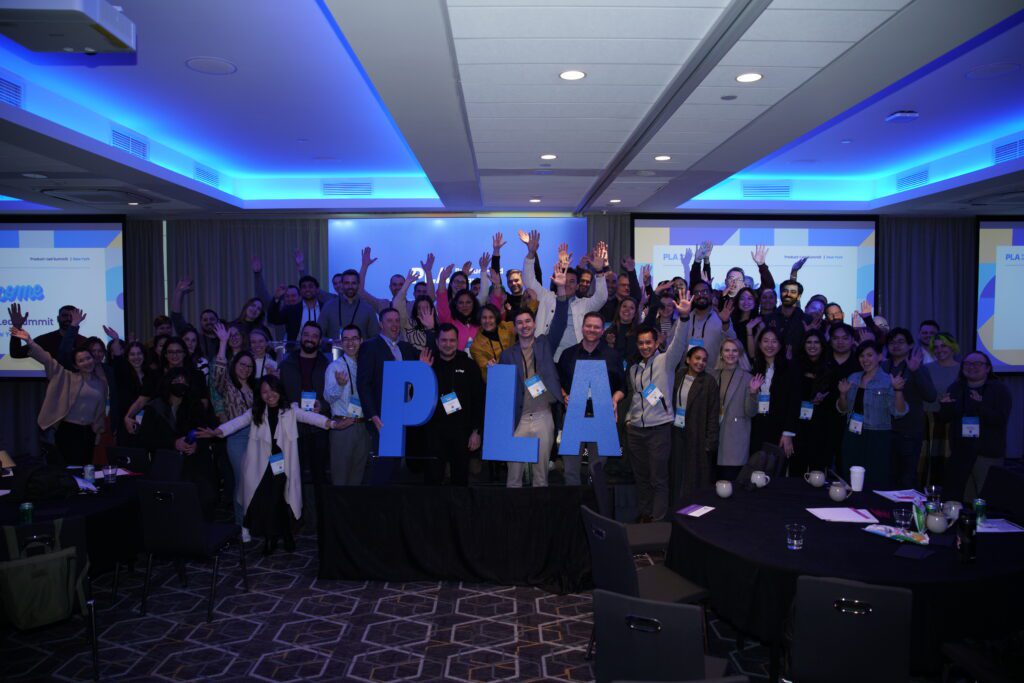










![Building A Digital PR Strategy: 10 Essential Steps for Beginners [With Examples]](https://buzzsumo.com/wp-content/uploads/2023/09/Building-A-Digital-PR-Strategy-10-Essential-Steps-for-Beginners-With-Examples-bblog-masthead.jpg)



![How One Brand Solved the Marketing Attribution Puzzle [Video]](https://contentmarketinginstitute.com/wp-content/uploads/2025/03/marketing-attribution-model-600x338.png?#)




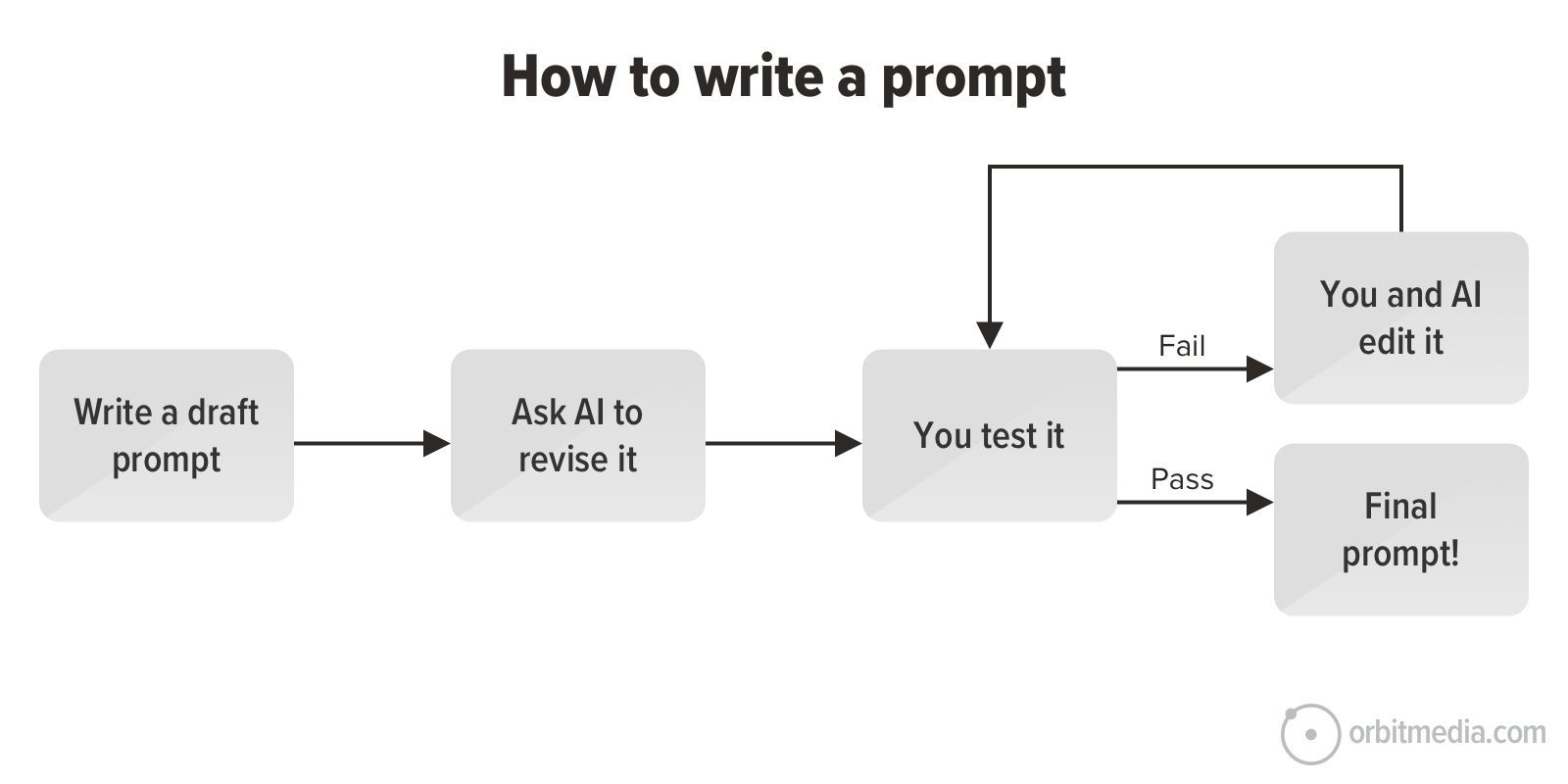
![How to Use GA4 to Track Social Media Traffic: 6 Questions, Answers and Insights [VIDEO]](https://www.orbitmedia.com/wp-content/uploads/2023/06/ab-testing.png)
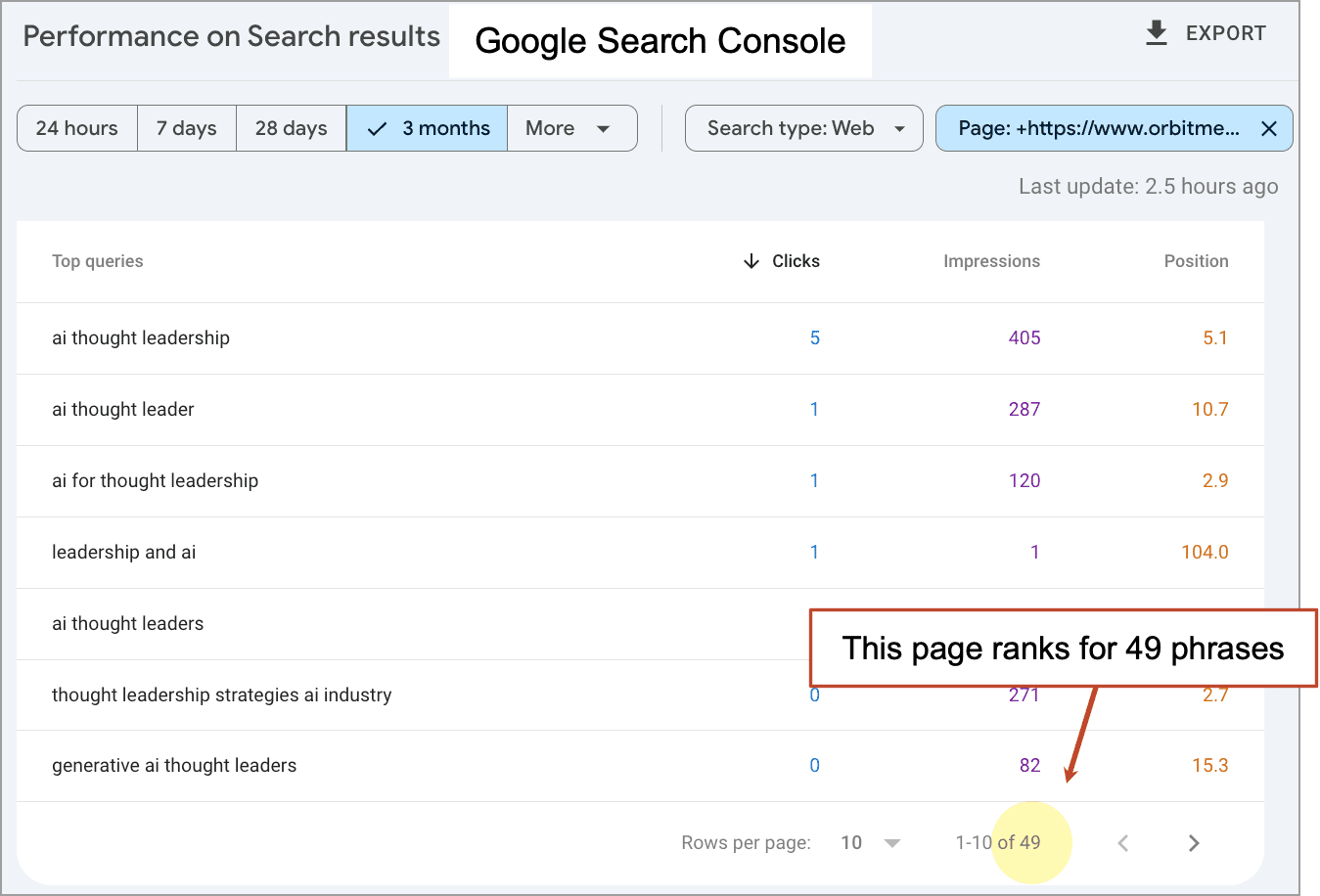







![[Hybrid] Graphic Designer in Malaysia](https://a5.behance.net/920d3ca46151f30e69b60159b53d15e34fb20338/img/site/generic-share.png)





